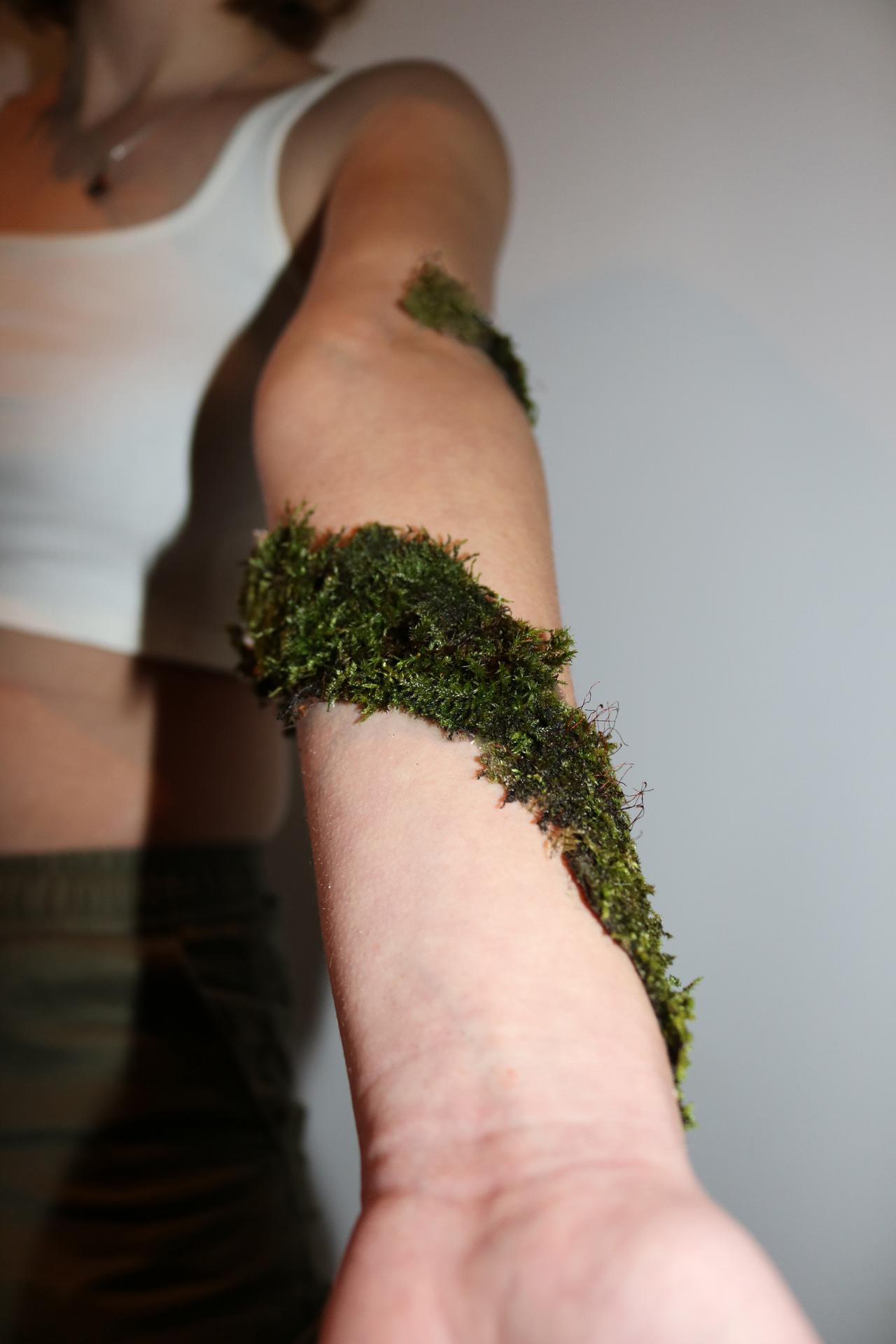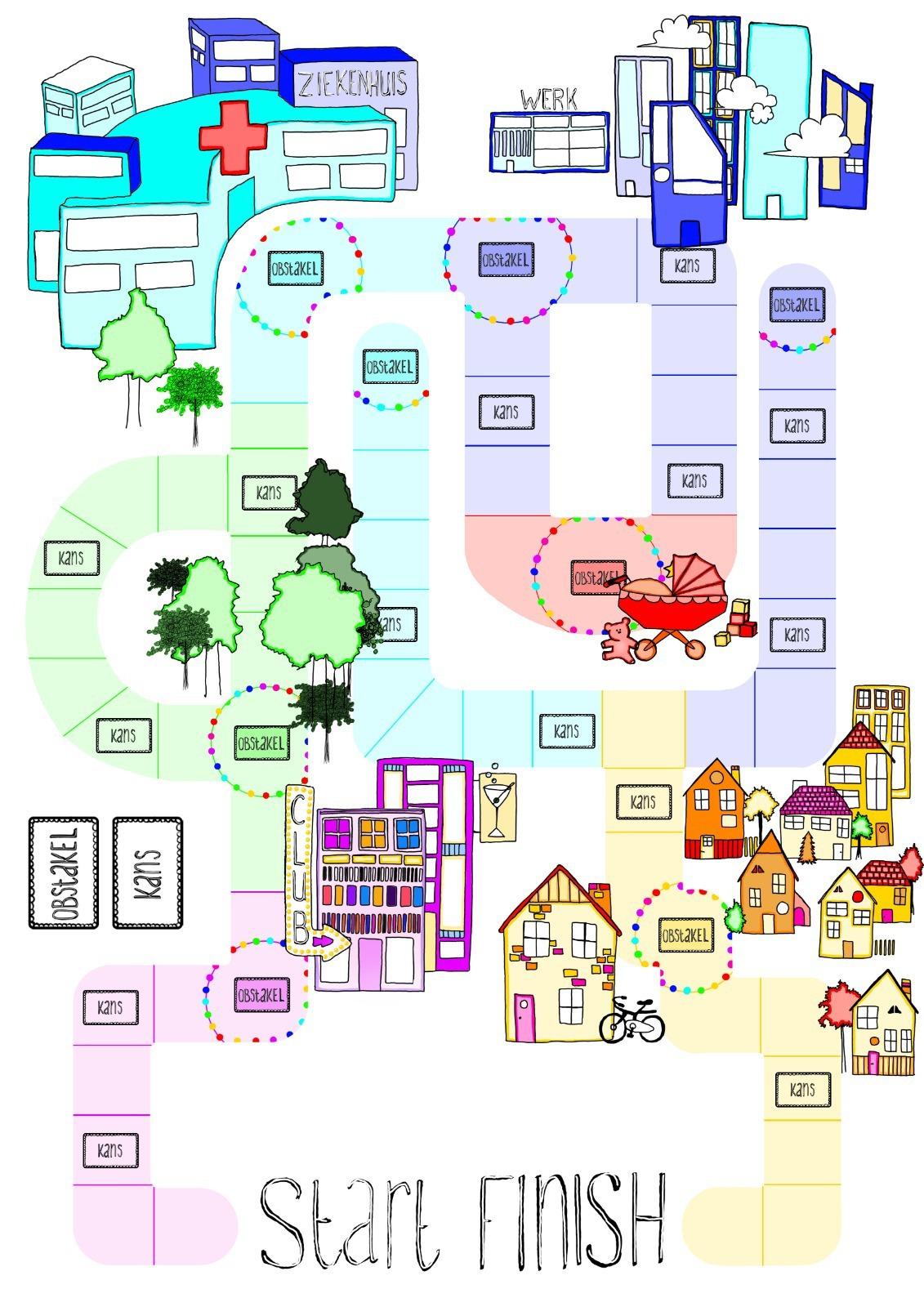The presenter has activated the presenter mode. Would you like to follow?
Follow presenter
You are following the presenter.
Stop following presenter
I started this project researching moss and other climate problems and came to the
conclusion that I wanted humans and moss to work together instead of fighting each
other. I wanted to illustrate this by creating a concept where moss could grow on skin. To
do this I made a biomaterial using Glycerin, Agar Agar and water. This biomaterial
becomes sticky when it is wet. The moss can grow on it and you can then stick it to your skin. With this I made photo’s to illustrate my concept. I also made an animation to strengthen my world building.
conclusion that I wanted humans and moss to work together instead of fighting each
other. I wanted to illustrate this by creating a concept where moss could grow on skin. To
do this I made a biomaterial using Glycerin, Agar Agar and water. This biomaterial
becomes sticky when it is wet. The moss can grow on it and you can then stick it to your skin. With this I made photo’s to illustrate my concept. I also made an animation to strengthen my world building.

A little animation to strengthen the world building of my project.
A photo of my project.
Artist statement
Salina Neefjes is a very curious designer who works a lot with the big problems of society. She likes to learn and use new techniques in her work and hopes to make real impact in the world.
Ambitions
I would like to work in a Social Design studio that has an International and multidisciplinary team or assignments.
Learned during the studies
I learned how I can independently or in a team do a design project. I also learned a lot about myself and who I am as a maker.
List of publications / exhibitions / prices / concerts / shows etc.
-Exchange to Nice
-Production worker at HKU Salon
-Participant of the Bio Design Challenge+ Exposition
-Participant BioArt Sessions
-80-hour volunteer work
-HKU Exposure Exposition ( Organiser and participant)
Minor: Design for social change
In this minor we did a very big research project I will try to only tell the most important steps here. Me and my group started researching inequality and we soon focused only on seksism.
The paradox of the problem: It is normal not to tell anyone when you experience seksism, therefor the people who do talk about it experience resistance, and because of that people stay silent when they experience seksism.
The themes of the problem: power, negative feelings and culture.
We found four interesting frames: cults, monopoly, zoos and the maffia Through that we chose the one that fit the best: the zoo. Sadly the zoo was closed due to COVID, but we did get the chance to go to a petting zoo and observe how everything works there.
Here we found a ‘working mechanism’: unnatural behaviour.
The animals are forced into unnatural behaviour by placing them in a small environment with too many people. Humans were also acting unnatural by the bounds of social constructs, like for example: men can’t show emotions and woman are weak, and so on.
Now we could brainstorm about how to implement these findings in real life. We decided on a board game where teenagers could walk through life as a men/ woman and find different obstacles that are common in real life. Their gender in the game would be decided by the amount of points they had. This way we wanted teenagers to be able to walk a mile in anothers shoe and show them the social constructs in our society that they’ll have to deal with and hopefully will help to change.
The paradox of the problem: It is normal not to tell anyone when you experience seksism, therefor the people who do talk about it experience resistance, and because of that people stay silent when they experience seksism.
The themes of the problem: power, negative feelings and culture.
We found four interesting frames: cults, monopoly, zoos and the maffia Through that we chose the one that fit the best: the zoo. Sadly the zoo was closed due to COVID, but we did get the chance to go to a petting zoo and observe how everything works there.
Here we found a ‘working mechanism’: unnatural behaviour.
The animals are forced into unnatural behaviour by placing them in a small environment with too many people. Humans were also acting unnatural by the bounds of social constructs, like for example: men can’t show emotions and woman are weak, and so on.
Now we could brainstorm about how to implement these findings in real life. We decided on a board game where teenagers could walk through life as a men/ woman and find different obstacles that are common in real life. Their gender in the game would be decided by the amount of points they had. This way we wanted teenagers to be able to walk a mile in anothers shoe and show them the social constructs in our society that they’ll have to deal with and hopefully will help to change.


